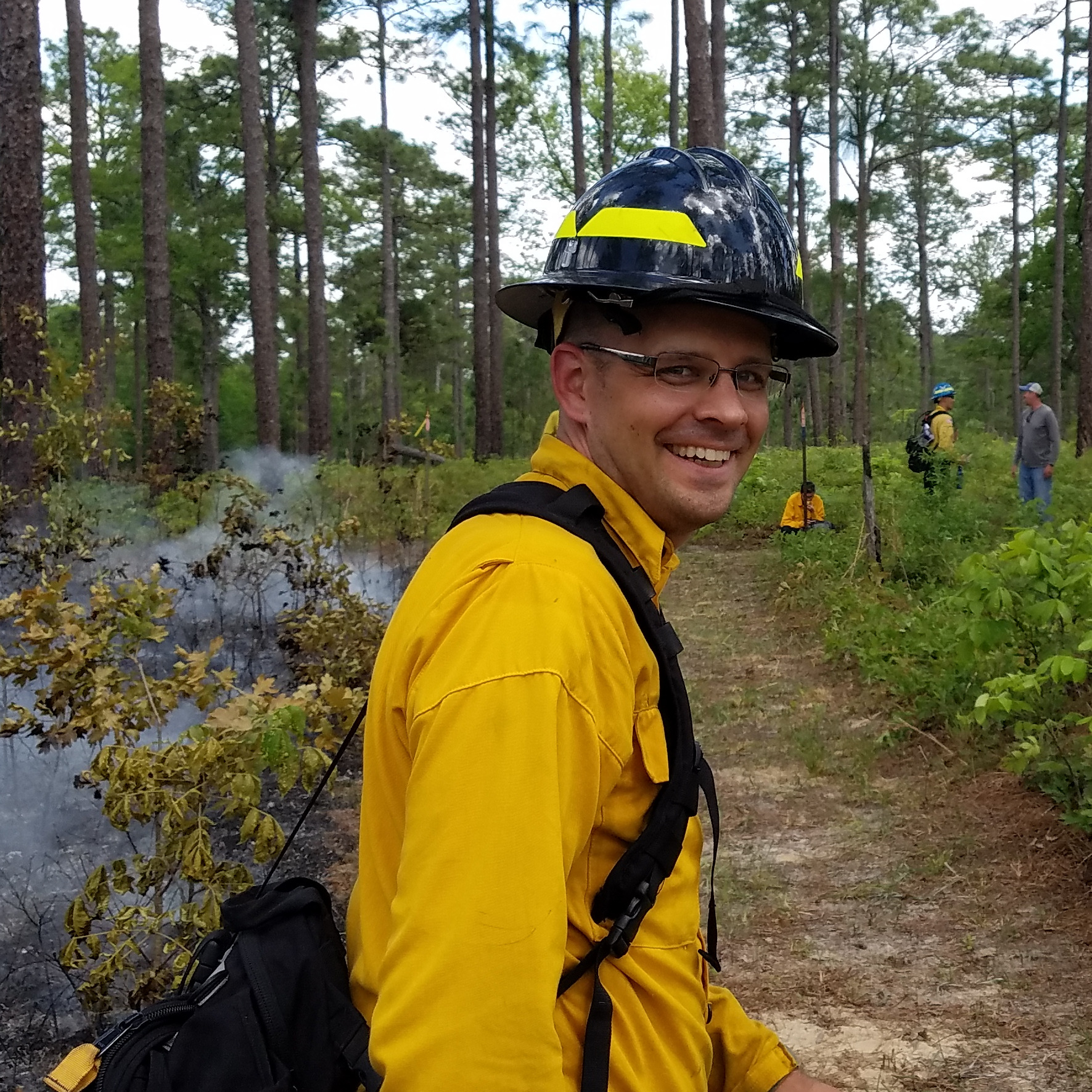Preprint
Article
Diurnal Pine Bark Structure Dynamics Affect Properties Relevant to Firebrand Generation
Submitted:
21 September 2020
Posted:
23 September 2020
You are already at the latest version
A peer-reviewed article of this preprint also exists.
Abstract
Firebrands are an important agent of wildfire spread and structure fire ignitions at the wildland urban interface. Bark flake morphology has been highlighted as an important, yet poorly characterized factor in firebrand generation, transport, deposition, and ignition of unburned material. Using pine species where bark flakes are the documented source of embers, we conducted experiments to investigate how bark structure changes in response to diurnal drying. Over a 3-day period in a longleaf pine (Pinus palustris Mill.) stand in Florida, we recorded changes in temperature, moisture content and structure of bark across different facing aspects of mature pine trees to examine the effects of varying solar exposure on bark moisture. We further compared results to bark drying in a pitch pine (Pinus rigida Mill.) plantation in New Jersey. Under all conditions, bark peeled and lifted away from the tree trunk over the study periods. Tree bole aspect and the time of day interacted to significantly affect bark peeling. General temperature increases and moisture content decreases were significantly different between east and west aspects in pitch pine, and with time of day and aspect in longleaf pine. These results illustrate that bark moisture and flakiness is highly dynamic on short time scales, driven largely by solar exposure. These diurnal changes likely influence the probability of firebrand production during fire events via controls on moisture (ignition) and peeling (lofting).
Keywords:
Subject:
Biology and Life Sciences - Forestrysupplementary.zip (26.27KB )
Copyright: This open access article is published under a Creative Commons CC BY 4.0 license, which permit the free download, distribution, and reuse, provided that the author and preprint are cited in any reuse.
Alerts
MDPI Initiatives
Important Links
© 2025 MDPI (Basel, Switzerland) unless otherwise stated







